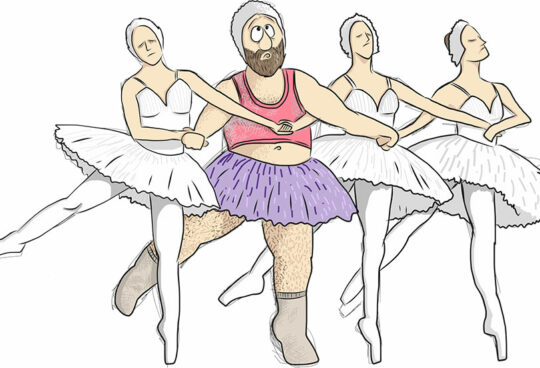Eye Movement Desensitization and Reprocessing (EMDR)
Definition:- (taken from the Helpguide.org)
Eye Movement Desensitization and Reprocessing (EMDR) is a trauma therapy developed by psychologist Dr. Francine Shapiro. EMDR incorporates elements of cognitive-behavioural therapy with bilateral eye movements or other forms of rhythmic, left- right stimulation. One of the key elements of EMDR is “dual stimulation”. During treatment, you are asked to think or talk about memories, triggers, and painful emotions while simultaneously focusing on your therapist’s moving finger or another form of bilateral stimuli.
My definition:-
EMDR is a form of psychotherapy most commonly used for the treatment of post traumatic stress symptoms. It is not yet known exactly how EMDR works but one of the theories is that the brain routinely manages and processes every event of our lives (often during sleep) without us being aware of it. However, if a person has been through an extremely traumatic or overwhelming event, or a person is repeatedly exposed to distress, this natural coping mechanism can become overwhelmed. Some experts have noted that the eye movements involved in EMDR might be similar to those that occur naturally during dreaming or REM (rapid eye movement) sleep. It is thought that it is a way to help the brain re-process the events, give them a different meaning and properly file them as past memories.
What might a session be like?
The first sessions would usually involve a thorough assessment and preparation. The therapist will usually teach you self-care techniques in order to know that you should be able to look after yourself during the treatment.
Once started you will be asked specific questions about the particular disturbing memory. Eye movements, similar to those during REM sleep, will be recreated simply by asking you to watch the therapist’s finger moving backwards and forwards across your visual field. Sometimes, a bar of moving lights or headphones is used instead. The eye movements will last for a short while and then stop. You will then be asked to report back on the experiences you have had during each of these sets of eye movements. Experiences during a session may include changes in thoughts, images and feelings.
With repeated sets of eye movements, the memory tends to change in such a way that it loses its painful intensity and simply becomes a memory of an event in the past.
Who may benefit from EMDR?
EMDR can be helpful for anyone who has suffered from a traumatic experience or event. It can be helpful for people who may not be able to or want to talk about the experience in detail.
On the NHS EMDR is usually only offered to someone who has experienced a recent traumatic event in adulthood and is experiencing some post traumatic stress symptoms. Sometimes EMDR might be offered to people suffering from long-term, complex post traumatic stress if it is available in the area.
It might not be suitable for people who are so severely depressed that processing is so slowed down it makes EMDR ineffective, are taking Mirtazapine, are diagnosed with epilepsy or have sustained a clinically significant head injury.






Sorry, the comment form is closed at this time.